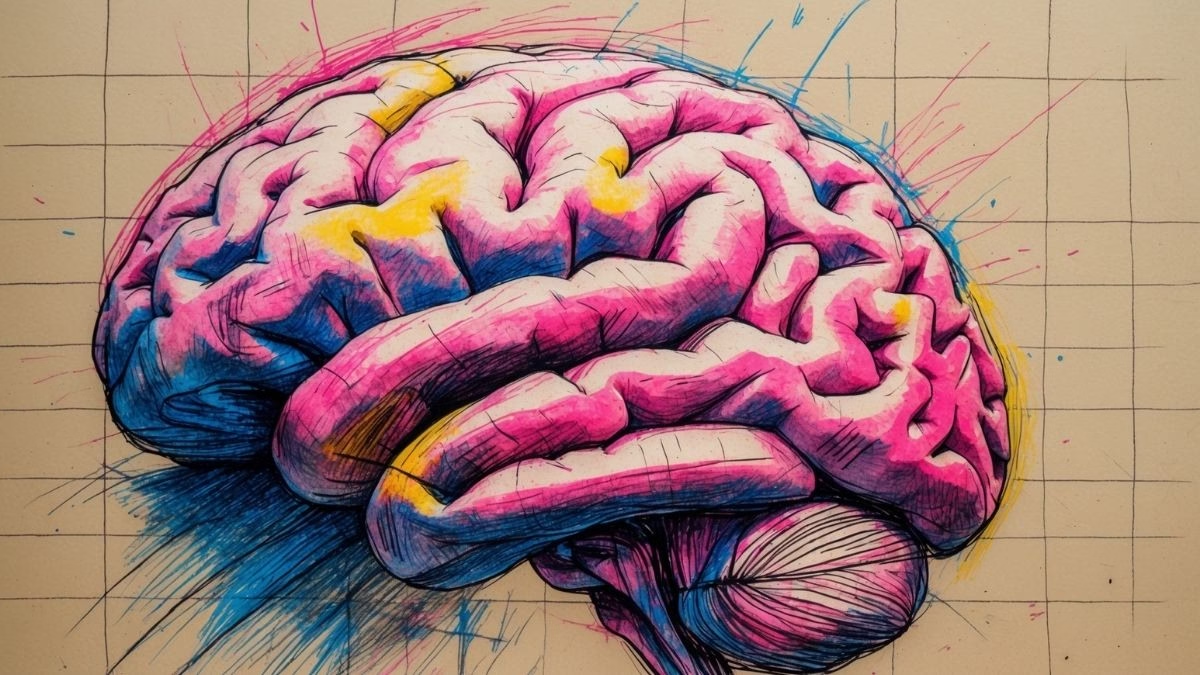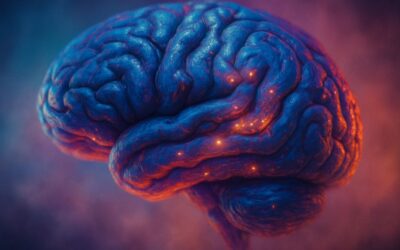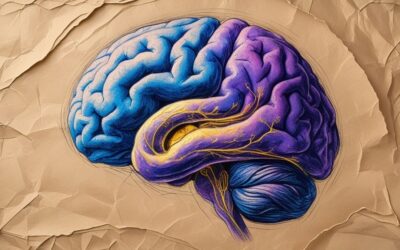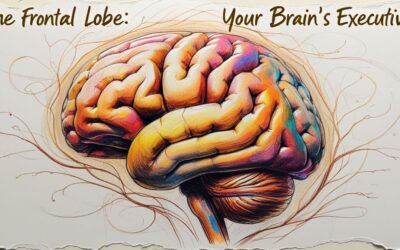The Room Where It Happens
Have you ever stopped and wondered, where do I actually live? Not your street address, but the physical location of your consciousness, your personality, your memories, your sense of self. Well, I can tell you. Your home address is a thin, wrinkly, folded, and ridiculously powerful sheet of neural tissue, about the thickness of a few credit cards, called the cerebral cortex. This is the outer layer of your brain, the iconic “gray matter,” and it is, without a doubt, the most sophisticated information-processing device in the known universe. It’s your own personal supercomputer, and it’s time you got a user’s guide.
Why So Wrinkly?
First off, let’s talk about those wrinkles. Your cerebral cortex isn’t smooth for a very clever reason: surface area. Imagine you have a big sheet of paper you need to stuff into a small box. What do you do? You crumple it up. That’s exactly what your brain does. The folds (called gyri) and grooves (called sulci) dramatically increase the surface area of the cortex, allowing you to pack an incredible amount of processing power into the limited space of your skull. It’s a brilliant piece of biological engineering that gives you the cognitive horsepower to do everything from recognizing your best friend’s face to pondering the meaning of life.
Meet the Executive: The Frontal Lobe
Now, let’s take a tour of the main neighborhoods, or lobes, of the cortex. Right up front, behind your forehead, is the big boss: the Frontal Lobe. Think of this as the CEO of your brain. It’s in charge of all the high-level executive functions. Planning your day? That’s your frontal lobe. Making a decision between saving money and buying those new shoes? Frontal lobe. Resisting the urge to tell your boss what you really think? You have your frontal lobe to thank for that impulse control. It’s also where your personality lives and how you express emotions. It’s the part of you that thinks about the future, sets goals, and solves complex problems. It’s the last part of the brain to fully mature, which is why teenagers are, well, teenagers.
Your Inner GPS: The Parietal Lobe
Tucked in behind the frontal lobe, at the top and back of your head, is the Parietal Lobe. If the frontal lobe is the CEO, the parietal lobe is the Director of Operations and Sensory Integration. Its job is to process sensory information from the world around you, particularly touch, temperature, and pain. But its most amazing function is creating a mental map of the world and your body’s place within it. When you reach for your coffee cup without looking, you can thank your parietal lobe for knowing exactly where your hand is in relation to the cup. It’s your brain’s GPS, constantly calculating spatial relationships and helping you navigate your environment without bumping into things.
The Librarian and the DJ: The Temporal Lobe
Located on the sides of your head, right around your ears, are the Temporal Lobes. These are the brain’s multimedia and archive centers. Fittingly, their location near the ears means they are crucial for processing sounds and understanding language. When someone speaks to you, it’s your temporal lobe that makes sense of the noises and turns them into meaningful words. But that’s not all. The temporal lobes are also the keepers of your memory library. A structure deep within them, the hippocampus, is essential for forming and retrieving long-term memories. So, when you hear a song that instantly transports you back to your high school prom, that’s your temporal lobe’s sound-processing and memory-archiving systems working together in beautiful harmony.
The Movie Projector: The Occipital Lobe
Finally, at the very back of your head, is the Occipital Lobe. This lobe has one primary, and incredibly important, job: vision. It’s the brain’s movie theater. Light comes into your eyes, the information is sent via the optic nerve to the back of your brain, and it’s the occipital lobe that processes these signals into the rich, colorful, three-dimensional world you see around you. It identifies shapes, colors, and movements. It’s amazing to think that what you are “seeing” right now isn’t happening in your eyes, but in a region at the very back of your skull that has never, and will never, be exposed to light. It’s all a grand, beautiful illusion constructed by your occipital lobe.
One Integrated Team
Now, while it’s fun to break the cerebral cortex down into these four lobes, the truth is that they rarely work in isolation. They are in constant communication, part of a seamless, integrated network. Thinking, feeling, and acting require a symphony of activity across all regions of your brain. This incredible, wrinkled sheet of cells is the biological hardware that runs the software of your mind. It’s the source of your greatest ideas, your deepest feelings, and your very sense of self.
So, here’s a thought to ponder: since this complex structure is the physical basis of who you are, how does taking care of your brain—through learning, sleep, and healthy living—become the ultimate form of self-care?
Share your thoughts on this incredible inner world in the comments!











0 Comments